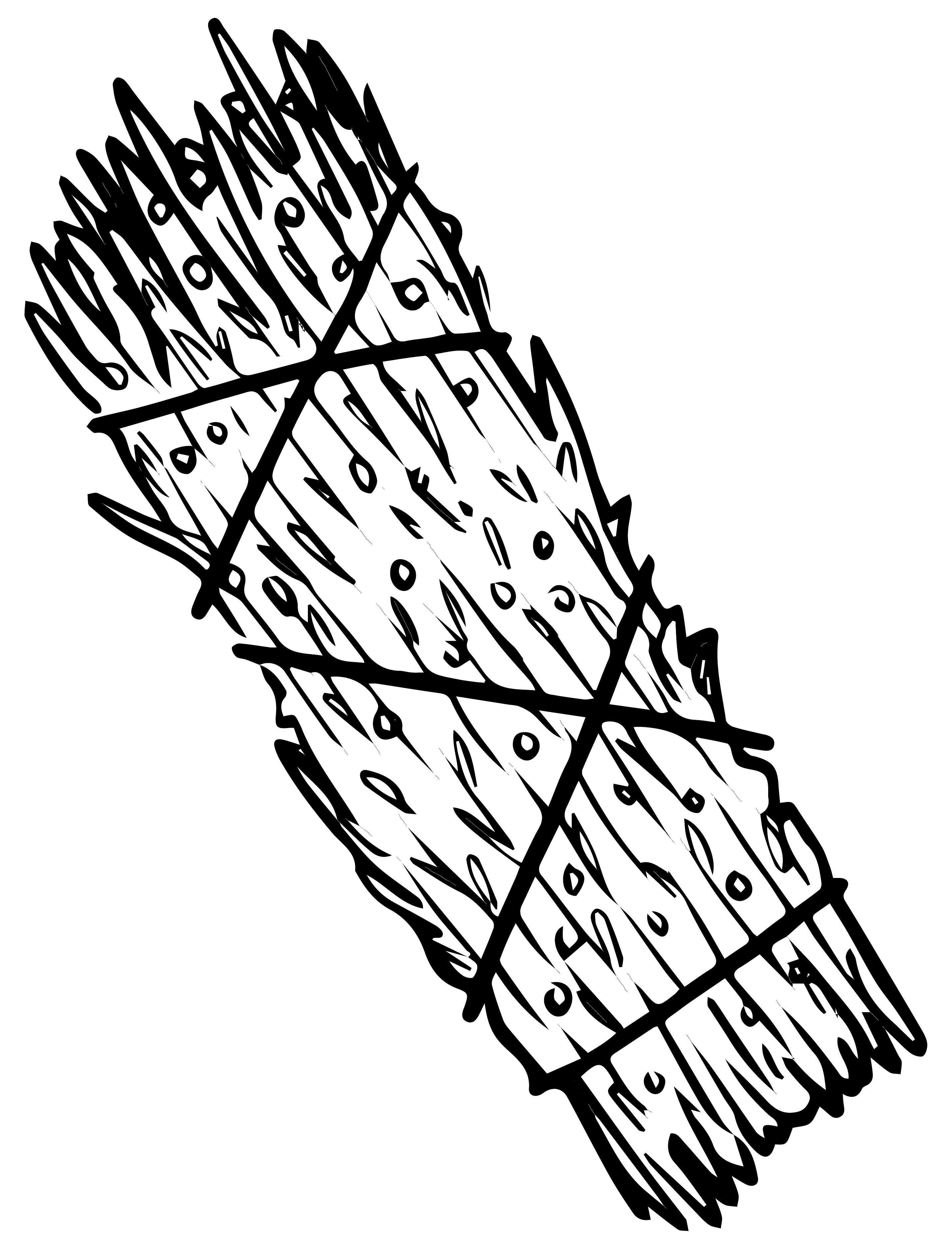Create Space and Hold Space
You are invited to choose your path to the berry patch by identifying and sourcing the resources and pathways that will help your specific community ecosystem flourish, for safer campuses for everyone.
In the final video of this section, Jewell discusses the importance of centring the voices of First Nations, Métis, and Inuit students as the berry patch is tended and nurtured. This video asks you to examine your post-secondary landscape and consider how to create confidential, peer-supported safe spaces, resources, and events for Indigenous students and survivors of sexualized violence.
As you consider your post-secondary landscape, the following resources may be helpful.
- The Government of British Columbia’s list of services for Indigenous students at public post-secondary institutions is a good place to start to see what services your institution has for First Nations, Métis, and Inuit students.
- The Indigenous Adult and Higher and Higher Learning Association website also has many resources on supporting and enhancing the education of Indigenous post-secondary learners.
- Nanihtsulyaz ‘int’en (Do things gently) ʔes zuminstwáx kt (We take care of one another): The role of Indigenous Elders in student mental health and wellness in the B.C. post-secondary education environment is a booklet that explores the holistic ways that Elders support students in post-secondary environments, including creating a safe space, providing holistic support, and delivering land-based learning.
 Reflection Questions
Reflection Questions
- How can I engage with First Nations, Métis, and Inuit students to learn more about their needs for programs and services without putting additional labour on them?
- What are tangible ways that I can work with my post-secondary institution to offer services and programs that support students and survivors and also contribute to reconciliation with local Indigenous communities?
- It may be helpful to create a map of the connections between the resources at your institution and in your community. Mapping out existing resources will help you consider how your institution can start to create an ecosystem of support. You could also co-create a map with Indigenous students, staff, and faculty that shows what resources they would like to see at their institution.
- How can I work with my post-secondary institution to carry out this work? Keep in mind that this is not a rhetorical or theoretical question but a constant call to action and framing your professional and personal work in a manner that is inclusive of other perspectives.
Resources
Devine, T. Erickson, M. Hulme, B. McIntosh, D. Washington, A. and Nilsson C. (2022). Nanihtsulyaz ‘int’en (Do things gently) ʔes zuminstwáx kt (We take care of one another): The role of Indigenous Elders in student mental health and wellness in the B.C. post-secondary education environment. BCcampus. https://opentextbc.ca/elders/
Government of B.C. (2022). Aboriginal student services at public post-secondary institutions. https://www2.gov.bc.ca/gov/content/education-training/post-secondary-education/aboriginal-education-training/information-for-aboriginal-students/aboriginal-student-services
Indigenous Adult and Higher and Higher Learning Association. https://iahla.ca/

